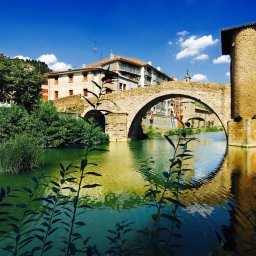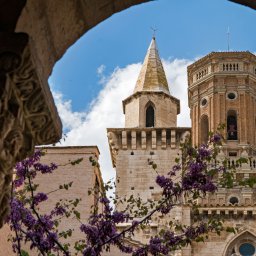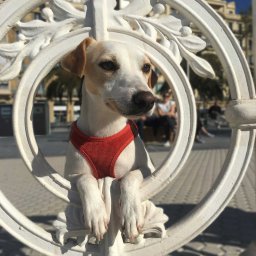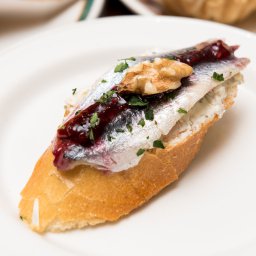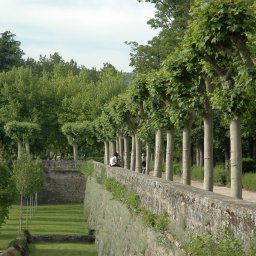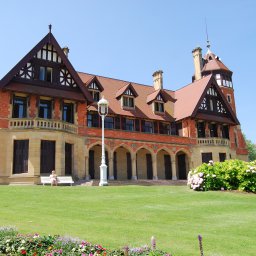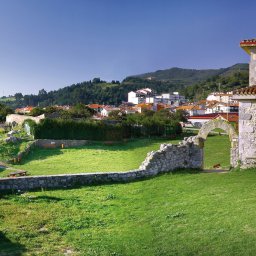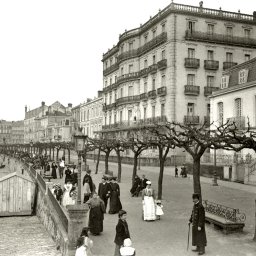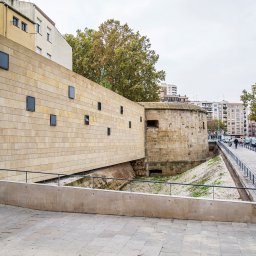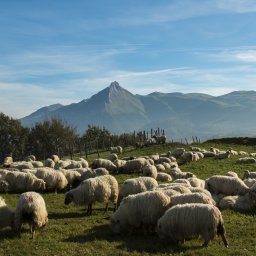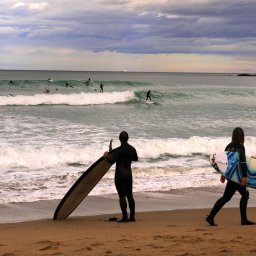EuroVelo is a network of fifteen long-distance cycling routes that connect and unite the whole of Europe. For many, cycling is a new, healthier, more sustainable way of travelling and two EuroVelo routes currently pass through La Rioja, a rural region with stunning scenery and manageable cycling distances. Only a few kilometres separate Haro’s La Estación district, which boasts the highest concentration of hundred-year-old wineries in the world, from the monasteries of Suso and Yuso, a World Heritage site and cradle of the Spanish language.
La Rioja features as a highlight on the European cycling map thanks to the quality and authenticity of the region’s wine tourism, food, scenery, history and traditions. There’s also a wide range of rural accommodation and fun things to do. Any time of the year is a good time for cyclists to discover the vineyards, pilgrims and history of this wine-producing country.
The EuroVelo 1 Atlantic Coast Route enters La Rioja along the French Way of St. James at Logroño and travels to Navarrete through a vineyard-covered landscape which epitomizes the people and the farming culture of this world-renowned wine region.

The cycling route continues among vines to Ventosa and Nájera, cradle of kings and the centre of the medieval kingdom of Nájera-Pamplona. Here, the scenery turns to arable land which continues as far as the terroirs of Azofra, Alesanco, Cordovín and Badarán where the imposing Sierra de la Demanda mountains come into sight.
Next, the route leads to Berceo and the monasteries of Suso and Yuso in San Millán de la Cogolla, which, as their stature attests, was home to a thriving cultural centre in the High Middle Ages and is considered the cradle of modern-day Spanish. Located nearby, in the town of Cañas, another architectural gem awaits: the 13th-century Monastery of Santa Maria de San Salvador.
Fields fill the horizon from Manzanares and Gallinero de Rioja to Santo Domingo de la Calzada, an important heritage town on the Camino and obligatory stop for pilgrims. From April 25 to January 12, 2020, the town celebrates its Jubilee which marks 1,000 years since the birth of its founding saint.
Further along, secondary roads take cyclists past the villages of Corporales and Morales. Set amid undulating hills, in a natural oasis on the road, is the small church of Carrasquedo. After Grañón, the province of Castilla y León comes into view where EuroVelo 1 leaves La Rioja.
The 8,000-km route passes through eight countries, featuring the wild Irish and Norwegian coastlines, the west coasts of Britain and France and the southern European landscapes of inland Spain and Portugal’s Algarve coast.
The EuroVelo 3 Pilgrims Route also passes through the autonomous community of La Rioja, a land synonymous with wine and an important historical crossroads. The over 5,000km route starts in Trondheim and finishes in Santiago de Compostela, passing through Sweden, Denmark, Germany, Belgium, France and Spain along the way, offering cyclists from all over the world the opportunity to enjoy this unique region.
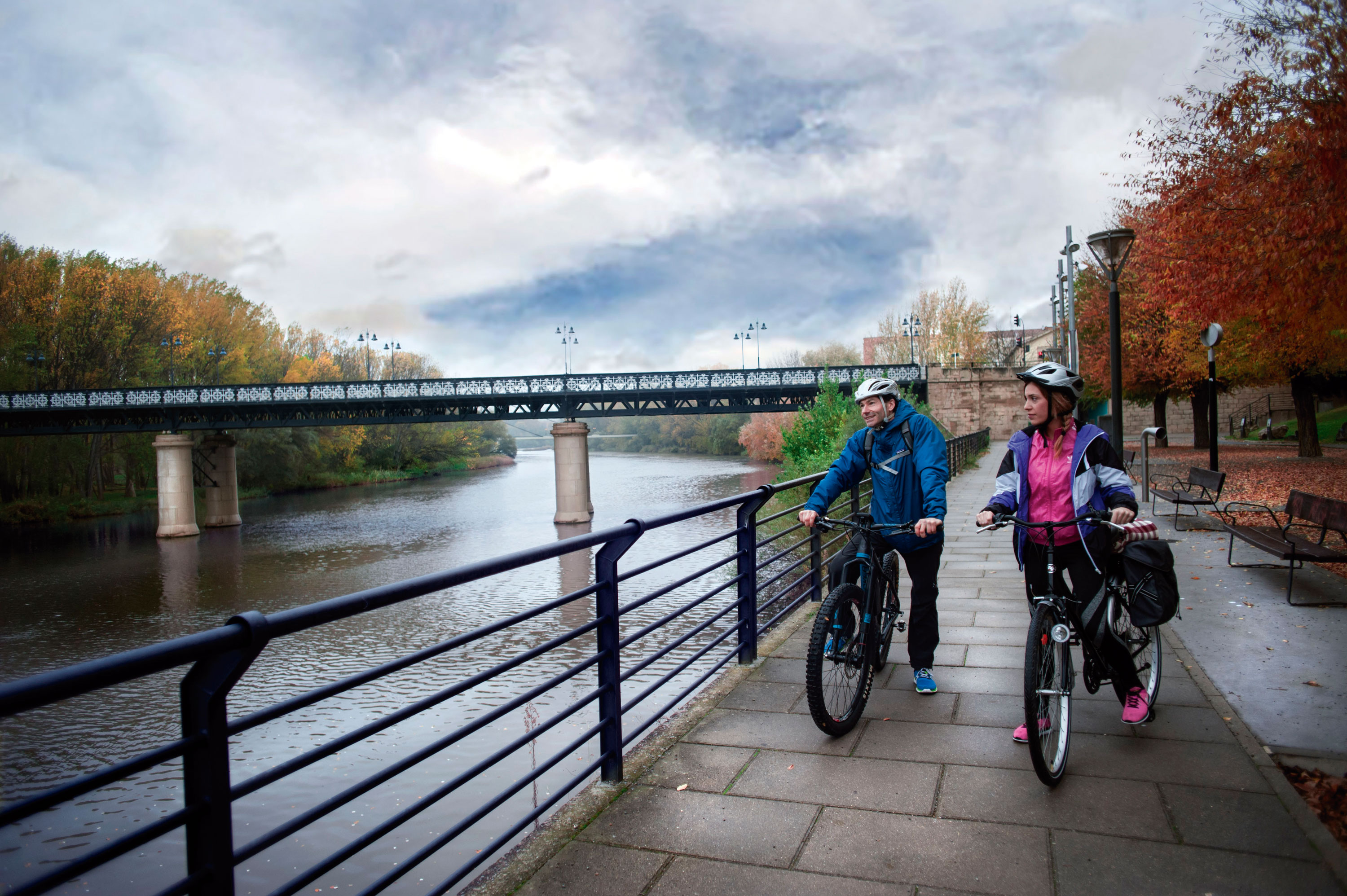
EuroVelo 1 (North Cape-Sagres) and 3 (Trondheim-Santiago de Compostela) pass through the following towns in La Rioja:
Logroño, Navarrete, Ventosa, Nájera, Azofra, Alesanco, Cordovín, Badarán, Berceo, San Millán de la Cogolla, Cañas, Manzanares, Gallinero de Rioja, Santo Domingo de la Calzada, Corporales, Morales and Grañón.


